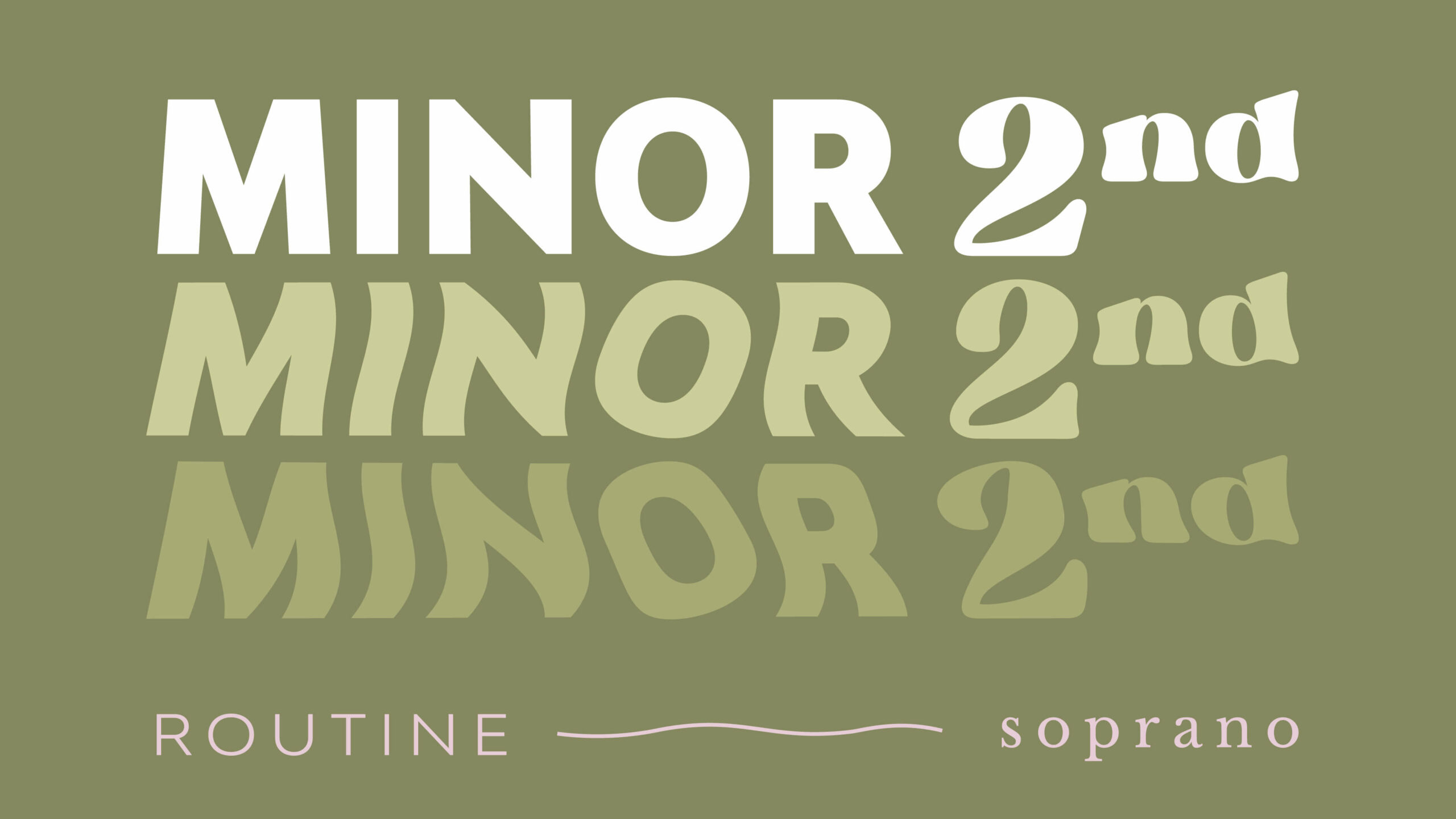Essential Singing Exercises
Airflow
Straw Phonation
The use of glass tubes for therapeutic purposes in phonation began in 1899 with German laryngologist Gustav Spiess. These resonance tubes were used for both rehabilitating voice disorders and developing professional voices. One end of glass tubes were placed into the water as a therapy approach for velopharyngeal incompetency. This technique was later adopted for voice therapy in the 1950s by Antti Sovijarvi, a Finnish phonetician.
The concept of using a straw as a vocal exercise tool was introduced by Ingo Titze, a renowned voice scientist, in his book “Principles of Voice Production.”
What is straw phonation?
Straw phonation, also known as straw breathing or straw exercise, is a vocal technique used by singers and speakers to enhance their vocal production and reduce tension in the vocal cords. It involves singing into a straw, which creates a narrow and focused stream of airflow through the vocal tract.
Singing through a straw is a powerful Semi Occluded Vocal Tract (SOVT) exercise, which means that as you vocalize, the air coming out of your mouth is partially blocked. This creates a resistance in the vocal tract, which sends energy back to the vocal folds and helps them vibrate more efficiently.

Objectives:
- Developing voice resonance
- Reducing vocal strain and tension
- Improving vibrato consistency
- Improving breath support
- Improving vocal cord closure
- Stretching of vocal folds
- Balancing the airflow
- Improving mastery of vocal fold function
- Achieving smooth transitions between vocal registers
- Maintaining a neutral position of the larynx to reduce tension
- Balancing the pressure above and below the vocal folds
- Improving pitch range without straining the voice
- Narrowing epilarynx tube
When to use:
- As a warm-up before singing
- As a gentle exercise in the morning or after intense singing
- As a cool-down at the end of the day
- For maintaining healthy vocal folds or aiding in the recovery of injured vocal folds
- To familiarize yourself with a new melody
- To work on extending your range
- To reduce strain and tension
- To rehabilitating several common vocal disorders: Vocal Cord Nodules and Polyps, Muscle Tension Dysphonia and Vocal Fatigue
Don’t use:
This is the safest exercise you can do. Only severe medical condition or recovering from vocal surgery might be contraindication to practice straw phonation.
What straw should I use?
First and foremost, we need to select a straw, and a common question arises: Which one should I choose?
There is a variety of companies on the market that offer professional tools for practicing straw phonation. At the same time, on the internet, we can see people using regular straws that are available in supermarkets.
To select the right one, you need to understand how different parameters affect the amount of back pressure and the sensations experienced during practice:
Material
Straws can be made of various materials such as metal, paper, plastic, silicone, bamboo, and glass. There is no definitive evidence indicating that one material is superior to others. Based on my experience, the choice is entirely up to you. However, I do recommend considering more eco-friendly options to minimize plastic waste.
Diameter
The smaller the diameter, the more workout you’ll get. Narrow straws are good for strengthening exercises and for people who really enjoy the sensation of the back pressure. Wider straws will provide less resistance, and we generally use them more for cool downs and relaxation purposes.
Length
The longer the straw the more back pressure we get. Although, this parameter is not as significant as diameter.
Submersion into water
Deeper submersion = Stronger back pressure
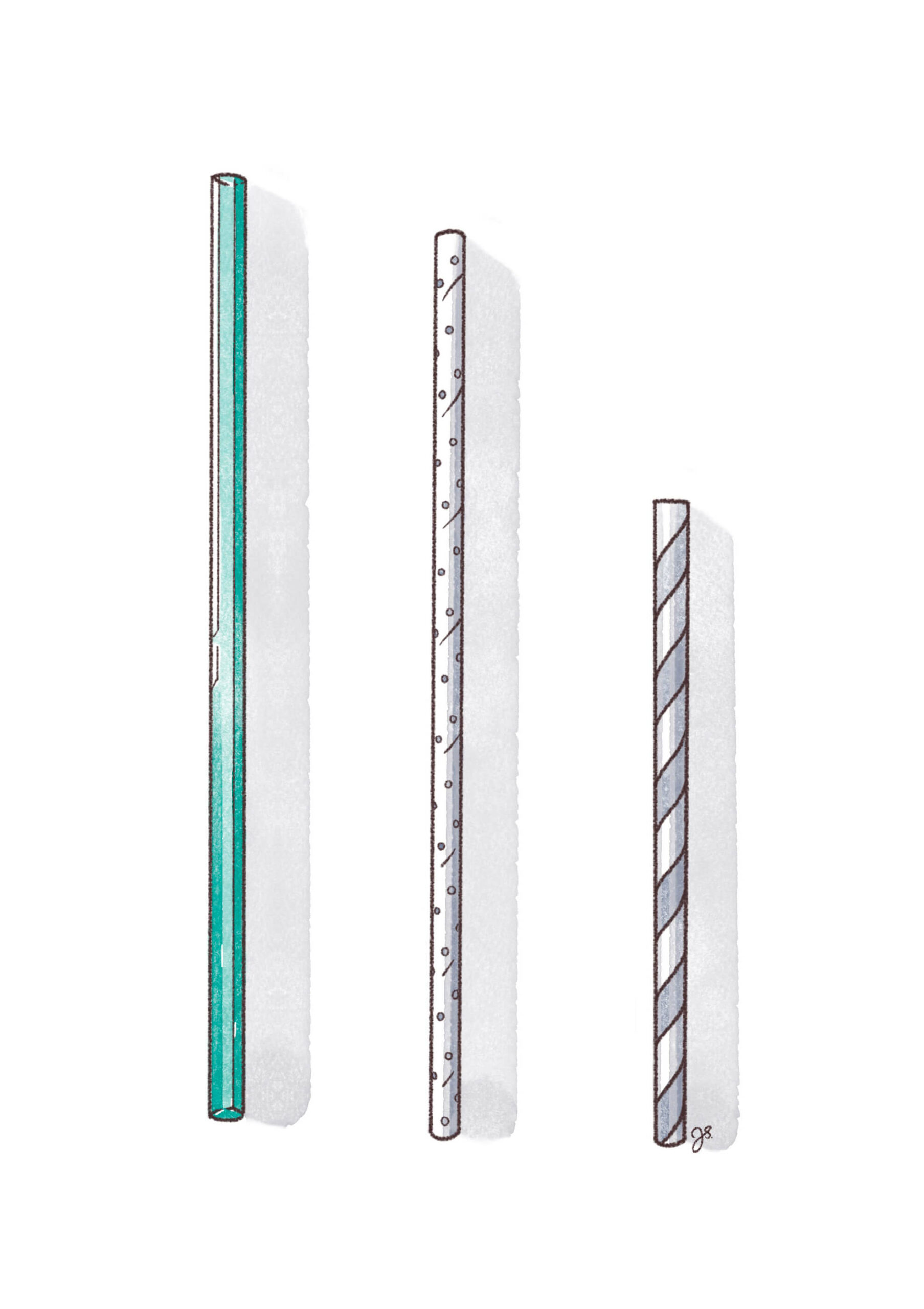
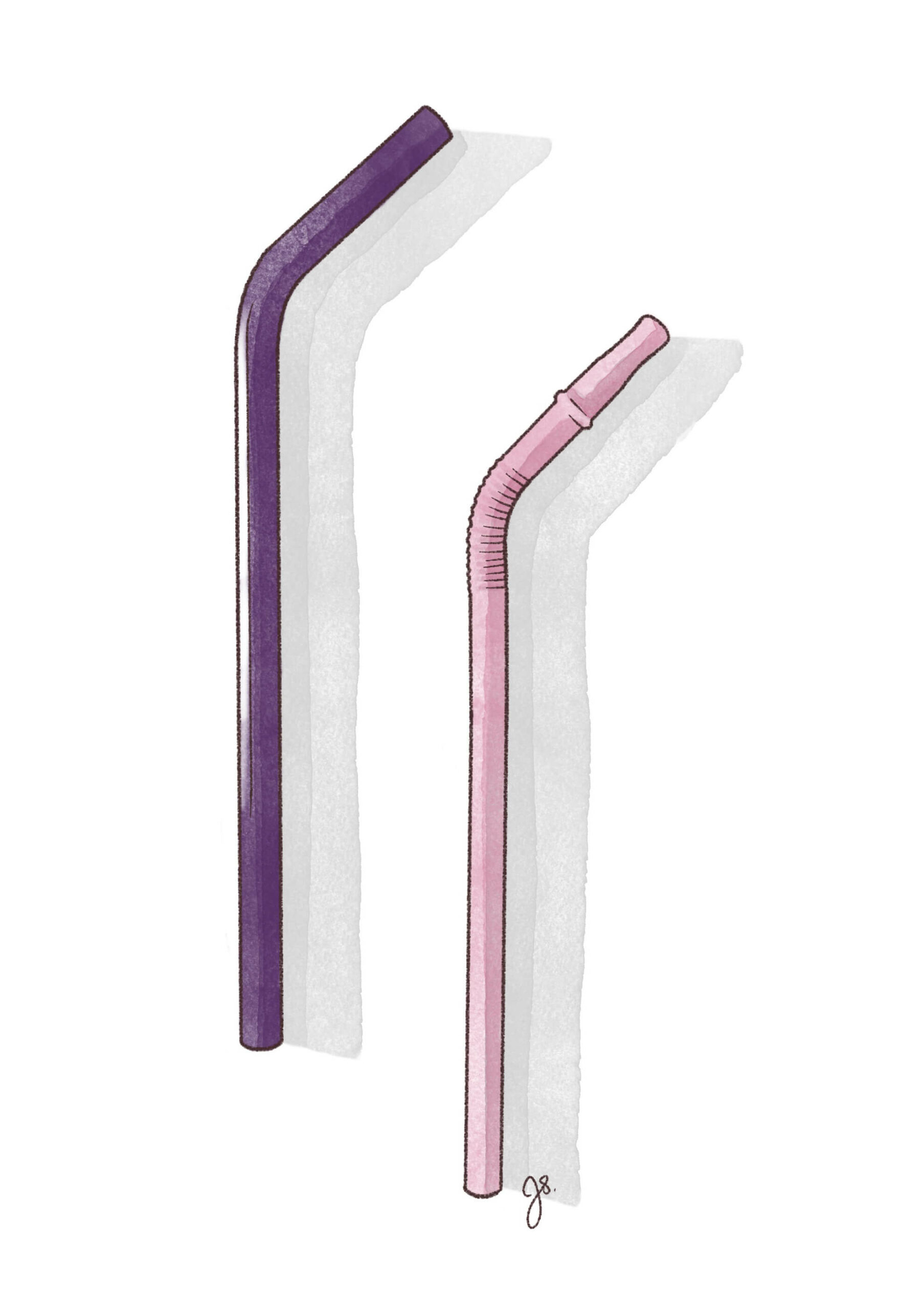
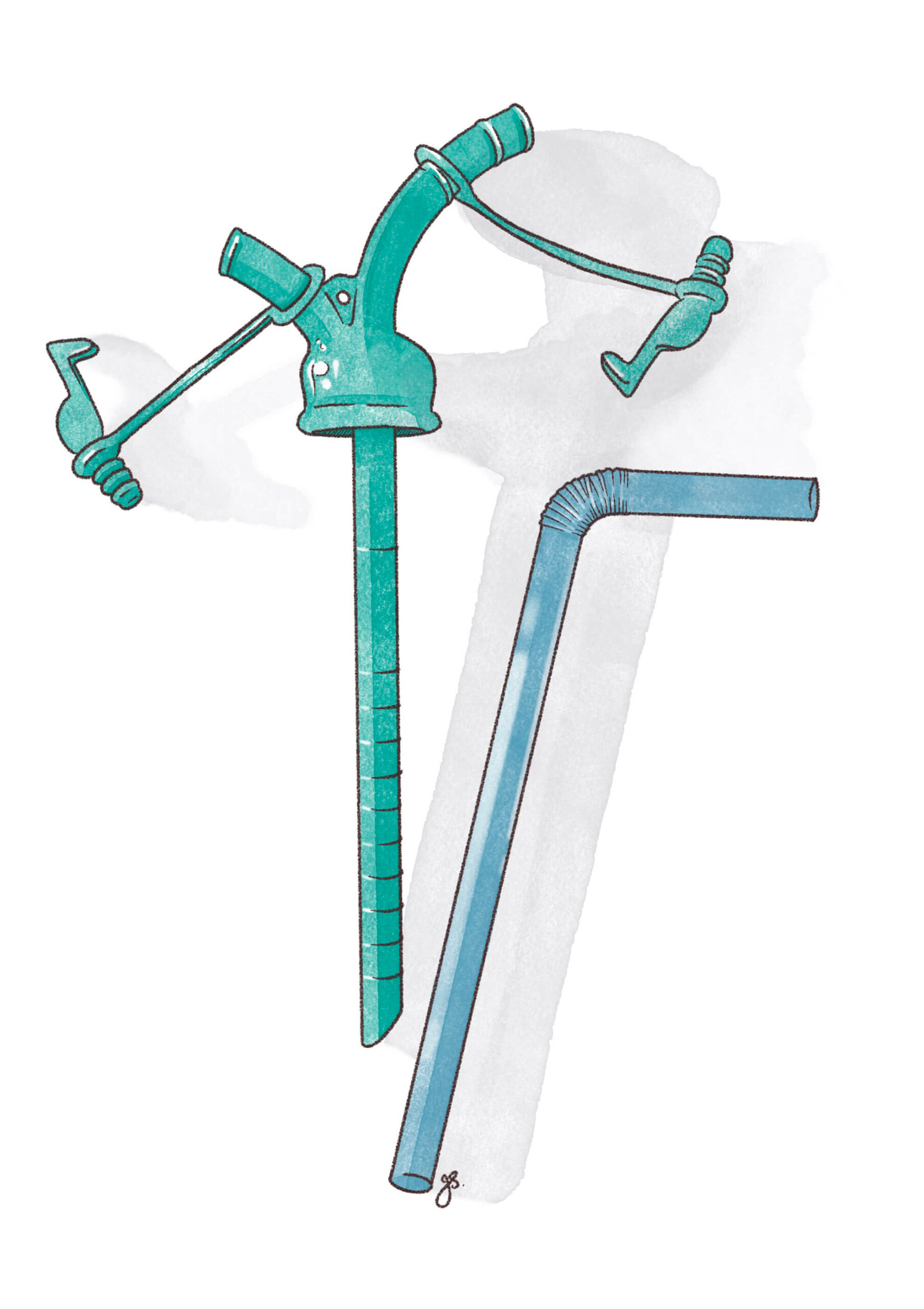
As you can see, there are many options. We can use a narrow and short straw without water to achieve a significant back pressure effect. Alternatively, we can opt for a wider diameter straw and submerge it deeper into the water for a similar effect. I also frequently use a wider diameter straw that is barely submerged for more relaxed practice.
It’s all about personal preferences. I strongly recommend trying out different options. If you don’t want to spend a lot of money on branded tools, you can simply use any available straw to start practicing.
How to practice straw phonation? | Part 1
Once you have your straw let’s try to sing with it without water for now.
1.Find a comfortable position. You can stand or sit, it doesn’t matter as long as you stay relaxed.
2.Try to sing a single note on “oo” and hold it for a few seconds.
Create free account to read the whole article.
Unlock a world of musical knowledge with a free account. Read whole articles, create your personal Interval Cheat Sheet and more. Sign up now and take your music skills to the next level.

Hi! I’m Justine Sounds, a singer, songwriter, and the proud founder of Open Minded Singing. If you enjoyed reading this article, I would greatly appreciate it if you could share it with your friends. Feel free to reach out to me if you have any questions or inquiries. Also, don’t forget to follow @openmindedsinging on social media for more exciting updates and content.
Thank you for your support!
Join us and transition from theory to practice!
The importance of routines and regular practice cannot be overstated, but it’s often challenging to know what exercises to do, especially without access to a piano. That’s where Open Minded Singing comes in!
With just your phone, tablet, or computer, along with a pair of headphones, you can unlock a world of singing workouts designed for every occasion. No more guesswork or frustration — simply log in, choose a workout, hit the play button, and sing.
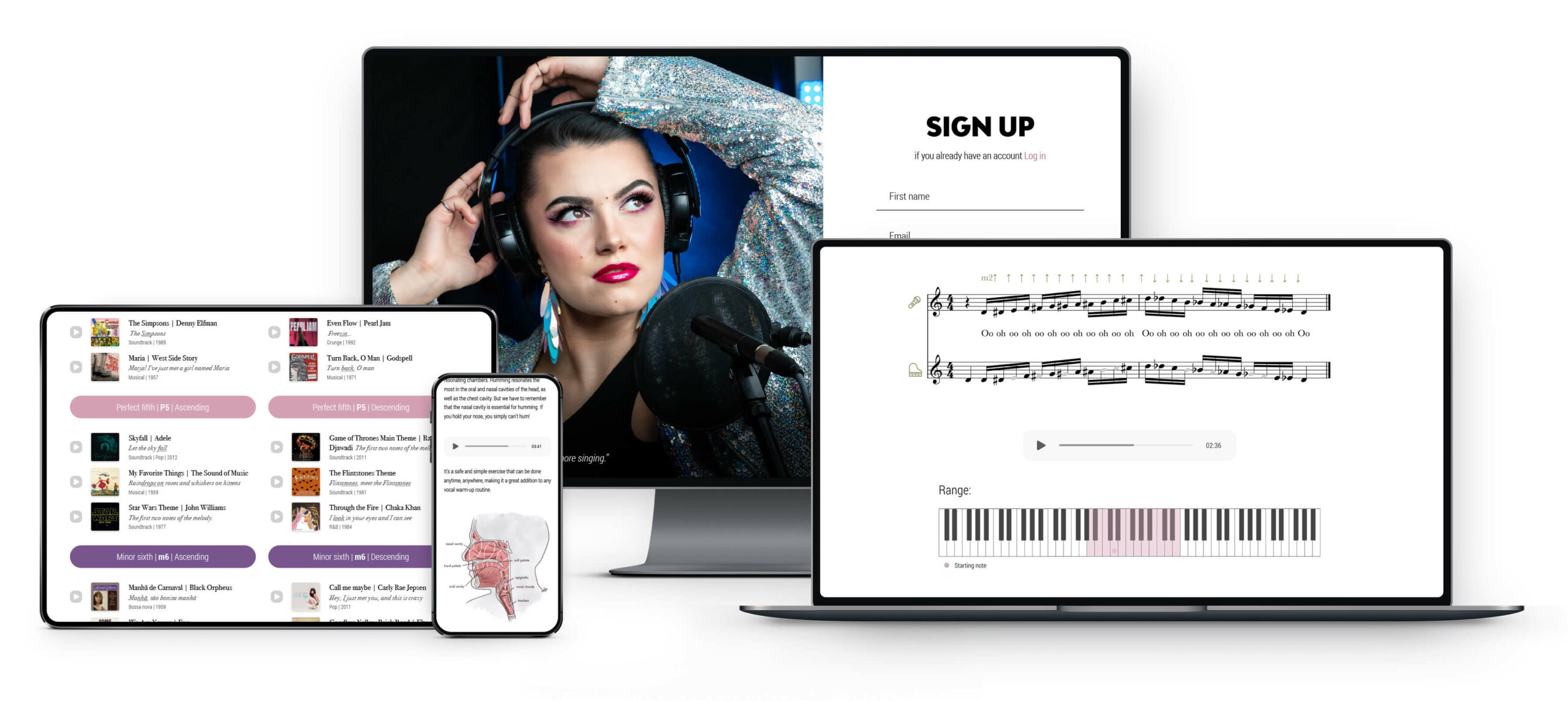
For a limited time, our monthly subscription is available at the exclusive early price. As an early subscriber, you’ll not only gain access to a collection of workouts that grows every moth, but you’ll also receive personalised support from Justine Sounds herself. Imagine having a professional singer guiding you every step of the way!
Related articles:
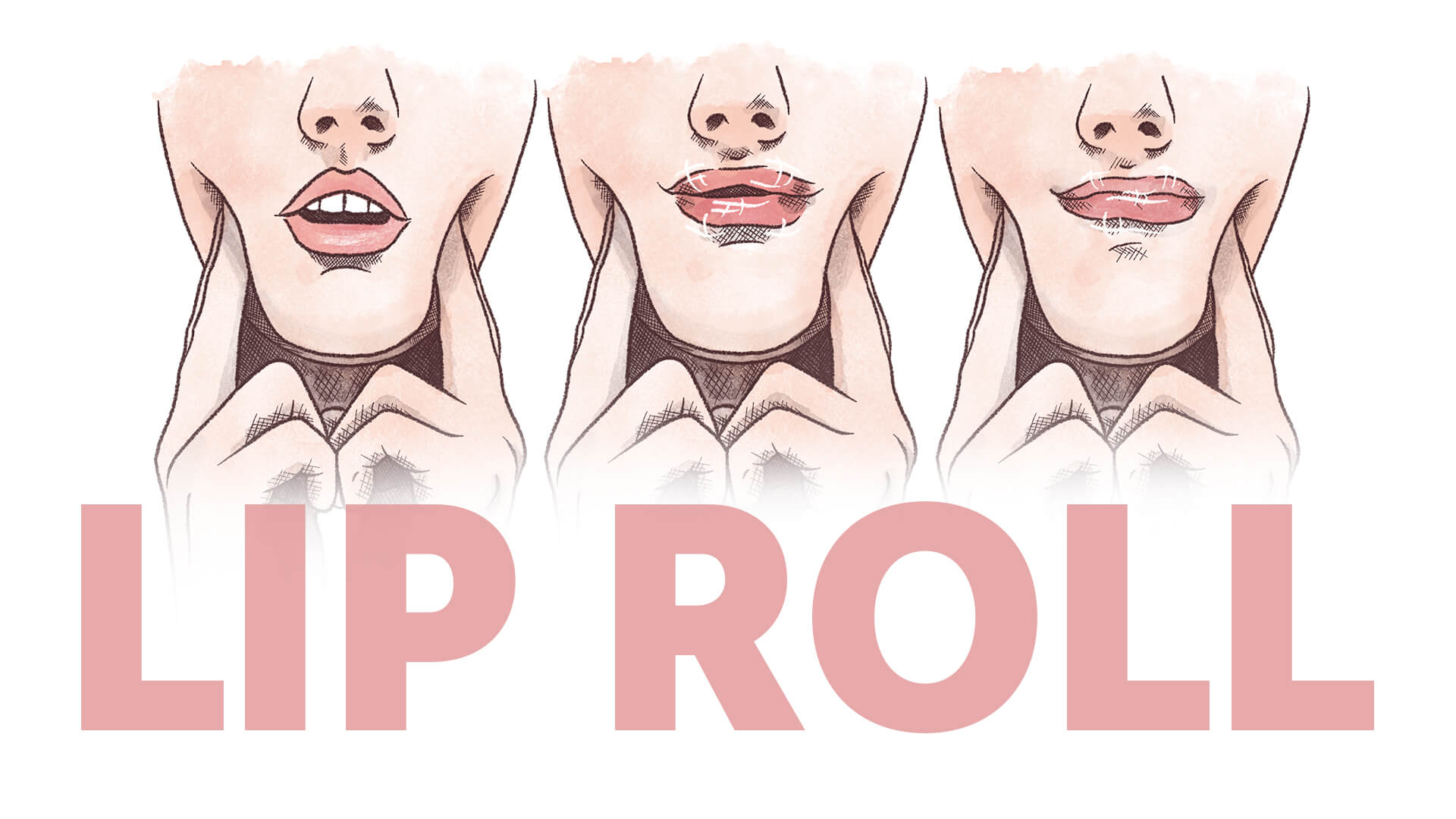
How to make a Lip Roll?
What is a lip roll? | Objectives of practising lip rolls | When to use it | How to make a proper lip roll? | Step by step instructions
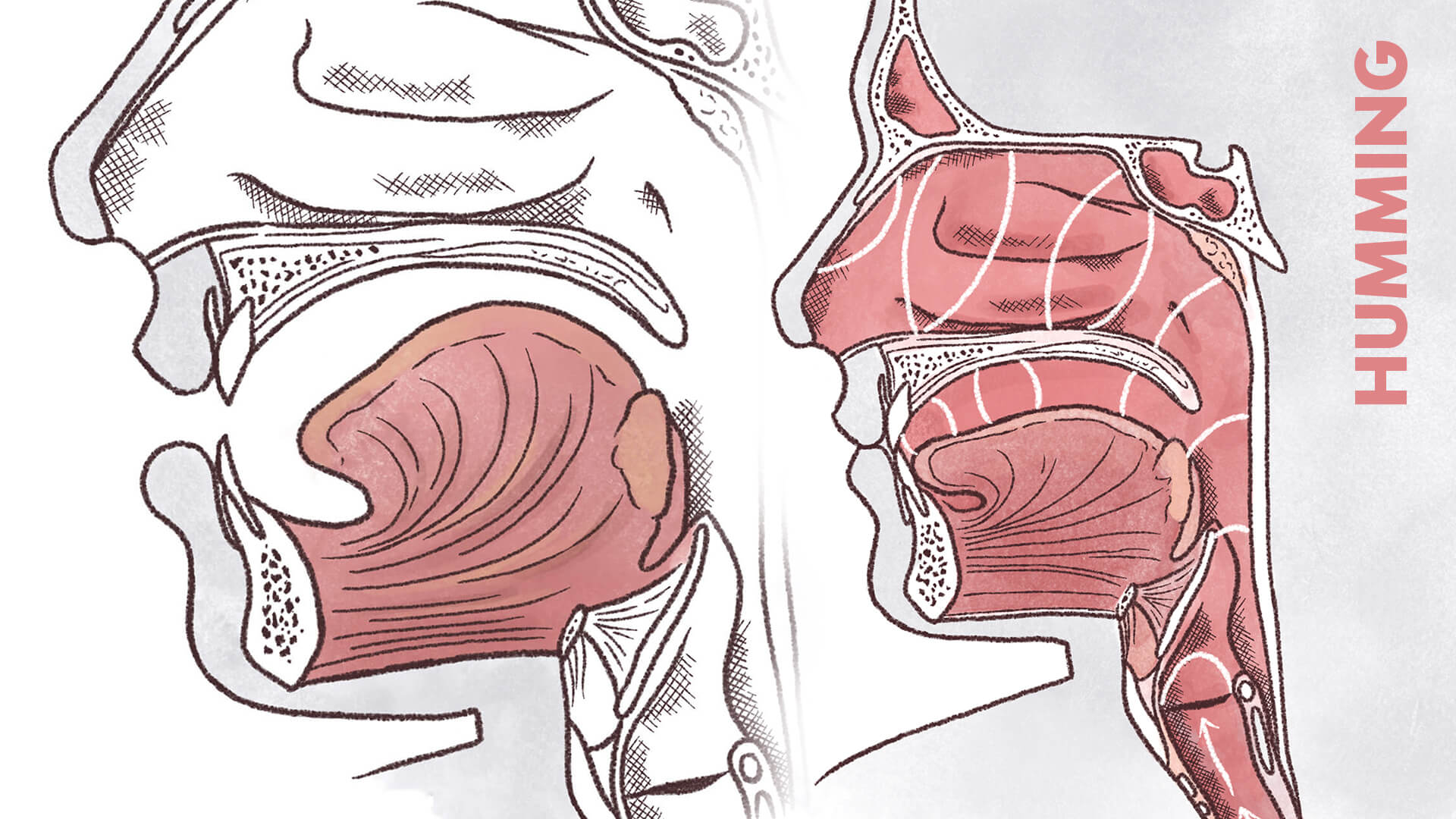
Humming | M - N - NG Hum
What is humming? | Objectives of practising humming | When to use | How to make it work? | M - N - NG Hum | Step by step instructions
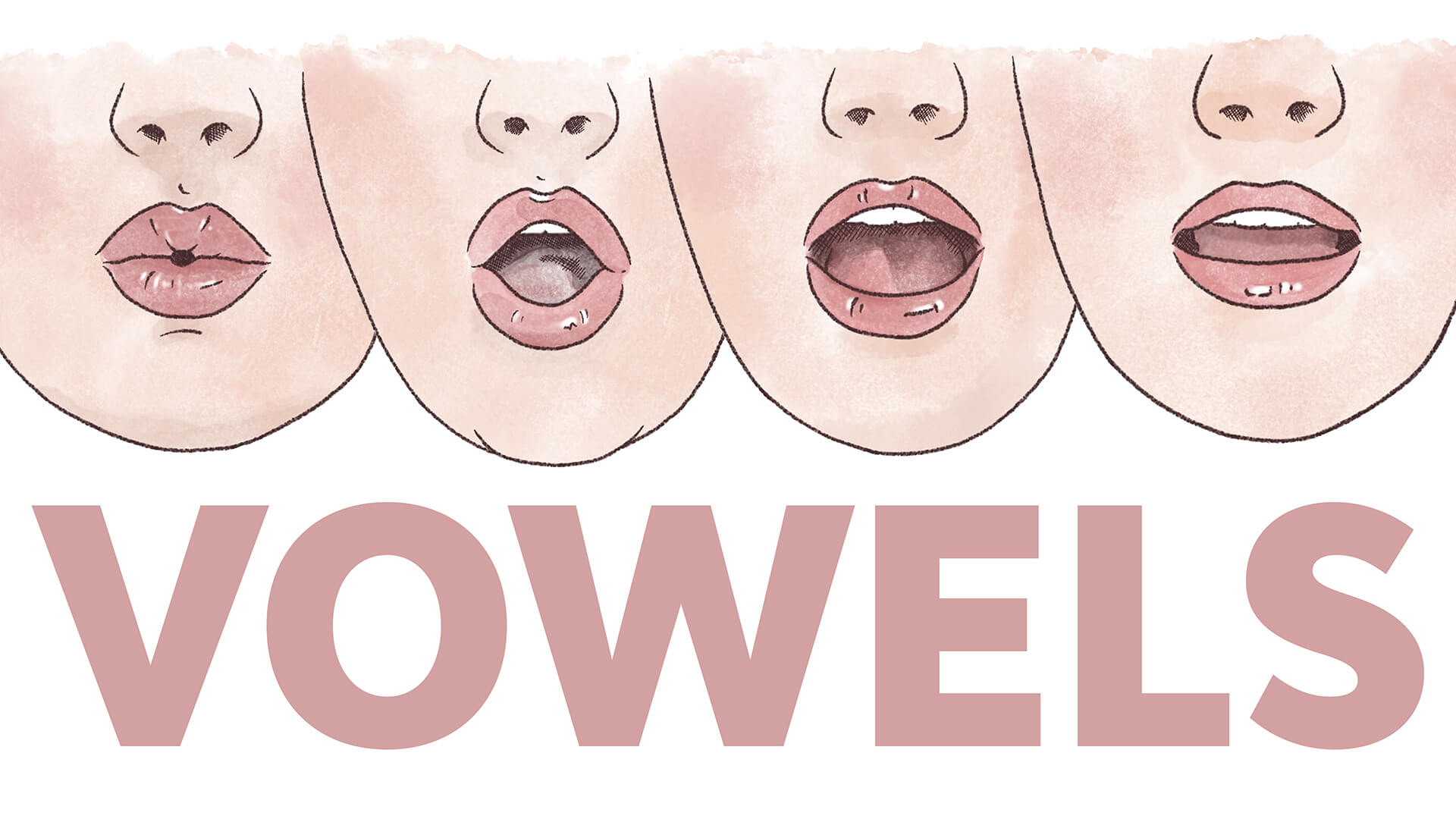
Singing Vowels
Vowel vs Consonant | Vowels as the key to sound | How many vowels are there? | Oo - Oh - Ah - Eh - Ee | How to practise vowels in the songs
